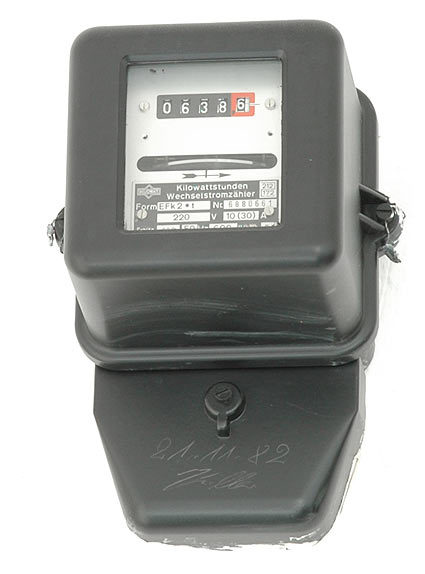The Power Saving Guide, Part 2
Power Savers And Power Hogs
In part one of our power saving guide, we talked about the power requirement differences of idle and load system states, and how to save energy on an existing system by utilizing power saving options and paying attention to certain components. This time we add more test results to think about. For example, does the RAM speed and voltage, the generation of the graphics card, the hard drive speed and form factor and even add-on cards have a serious impact on power requirements?
As I already described in the first part, power saving for its own sake isn't that important for most users. The difference in electricity cost between an efficient PC system and one that is less so is not substantial enough to worry (yet). An investment into highly efficient PC hardware can be blown money as well, because you can spend more on your components than you will save on your energy bill. Regardless, though, a computer should be as efficient as possible, because low power requirements allow you to minimize cooling requirements, and consequently help to avoid unnecessary noise.
What about the system components that you don't immediately think of when considering power requirements? Most computers utilize two memory modules to enable 128-bit dual channel mode, and you really always want to use two modules, because this effectively doubles your memory bandwidth. Falling DRAM prices hence offer you two ways of upgrading your RAM: if your motherboard has free DIMM sockets, you can add two more memory modules, or you can replace the existing DIMMs by higher capacity modules. Four versus two memory modules not only has an impact on power consumption, it also has an influence on timings, and thus performance.
The hard drive is another component that many users still perceive as some kind of black box. It stores a certain amount of data, and it rotates at a certain speed. We decided to compare a 10,000 RPM drive with two 7,200 RPM drives (two and four platters), and also added a 2.5" notebook drive to see how much power you can save by selecting a smaller device.
Finally, we wanted to know the difference in power requirements between various graphics cards generations, so we compared the 2006, 2005 and 2004 versions of an upper mainstream card.
Join our discussion on this topic
Get Tom's Hardware's best news and in-depth reviews, straight to your inbox.
Current page: Power Savers And Power Hogs
Next Page RAM: Clock Speeds & Timings Analyzed
Patrick Schmid was the editor-in-chief for Tom's Hardware from 2005 to 2006. He wrote numerous articles on a wide range of hardware topics, including storage, CPUs, and system builds.
